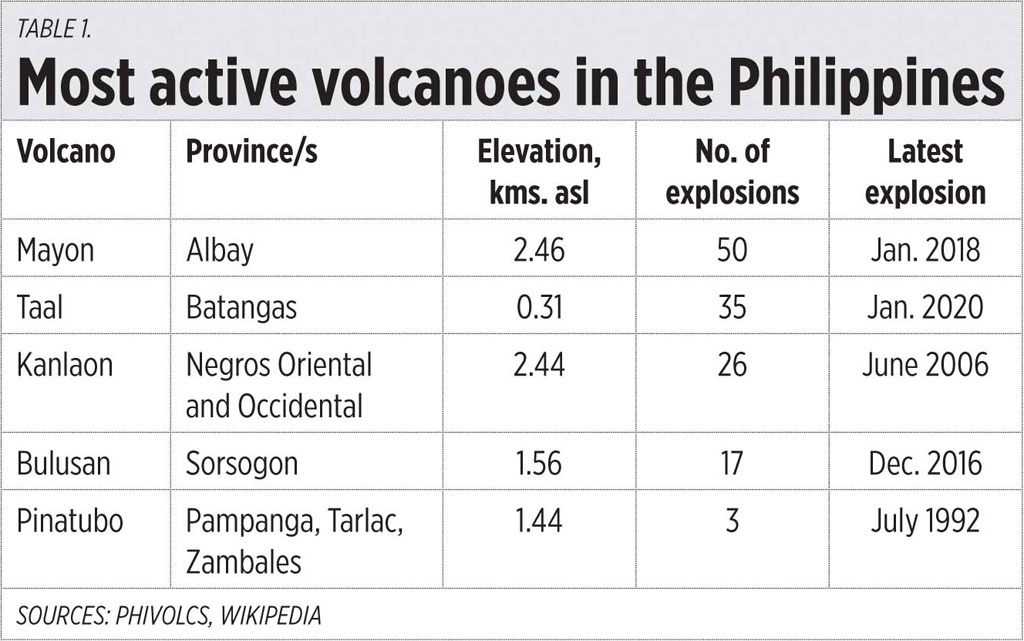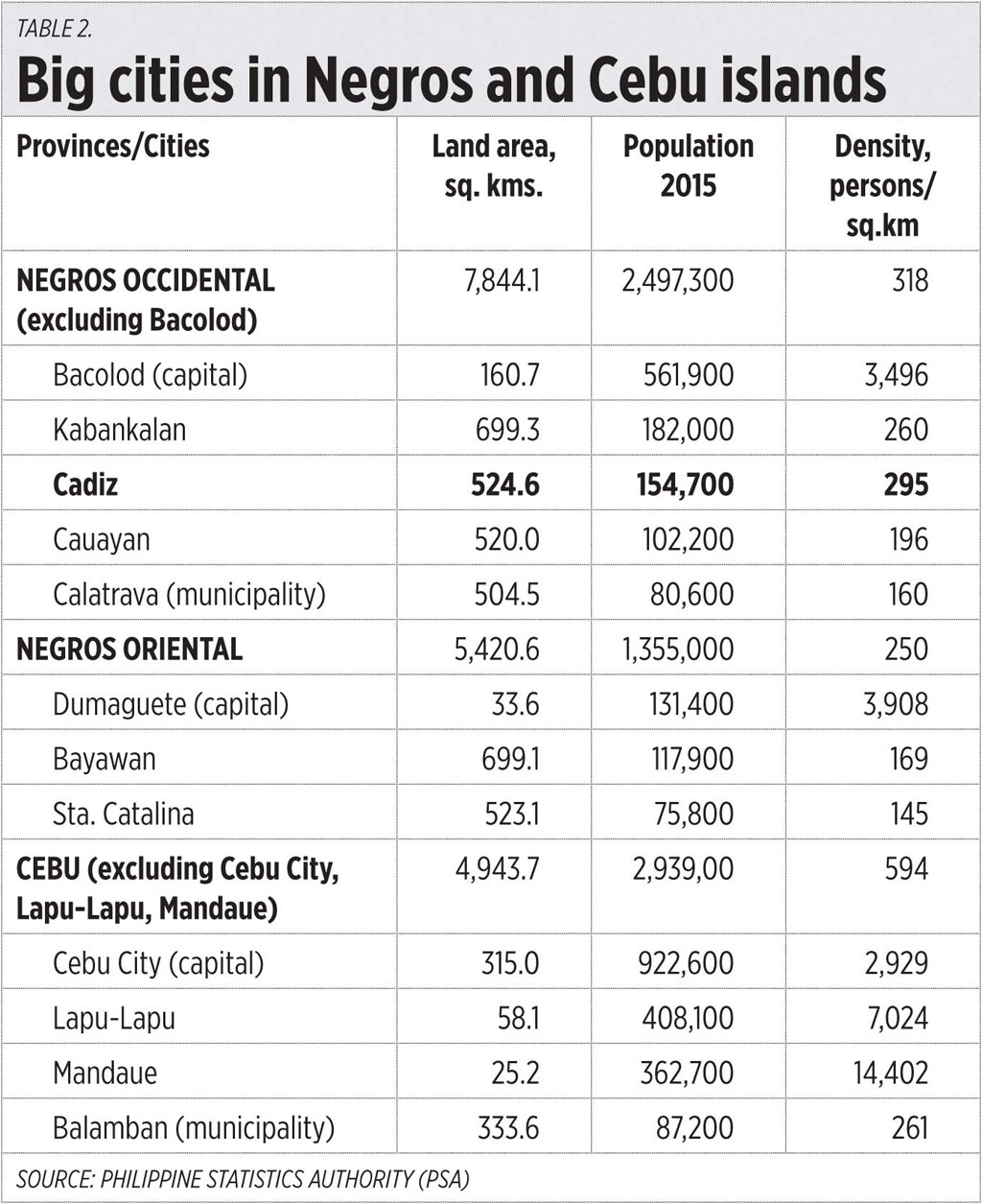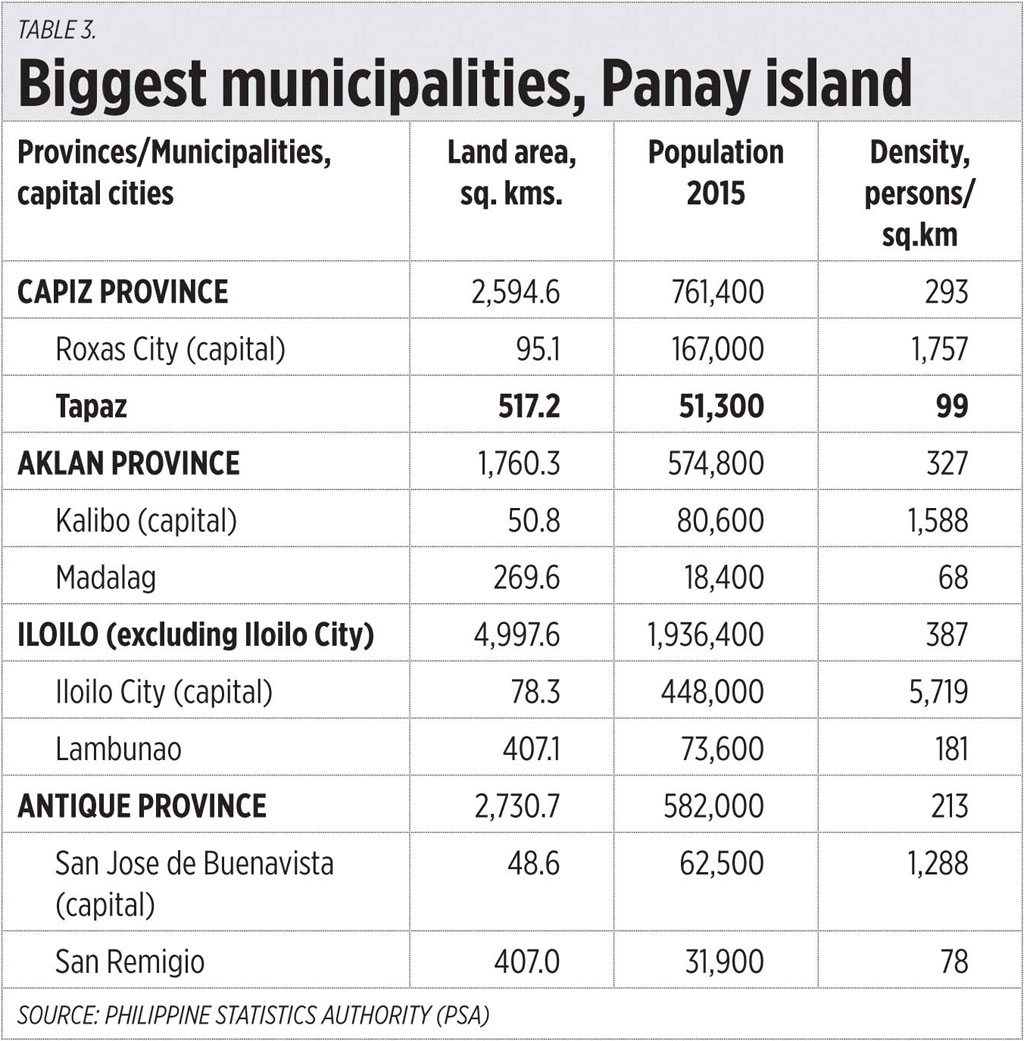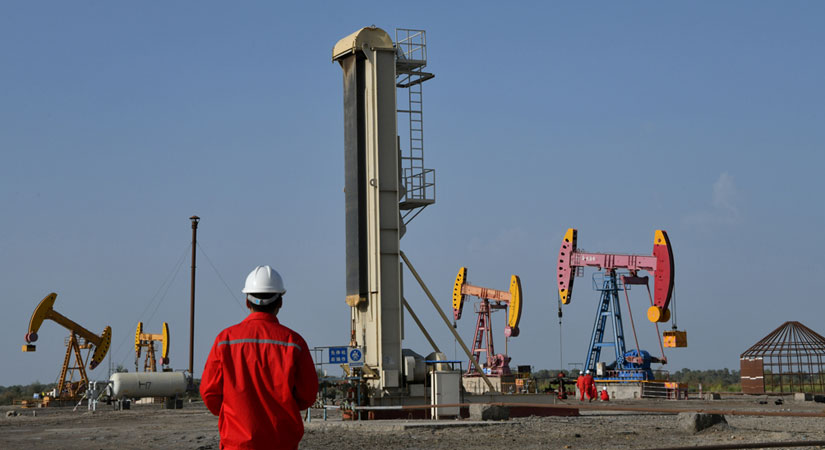The tax reform is well underway, but just as it had in 2018, it hit a snag yet again. In fact, it hit the same snag it had back then.
While the lowering of the corporate income tax (CIT) is generally accepted, business organizations are criticizing the other part of the Corporate Income Tax and Incentives Rationalization Act (CITIRA) bill — which is the incentives reform.
Unfortunately, the longer the debate goes, the more businesses continue to suffer. And, at its core, this delay is brought by the government’s line of thinking that for them to lower taxes, they must increase collections from somewhere else.
This “offsetting measure” thinking should not be how we plan to go into the tax reform.
NOT FAST ENOUGH
But, first, we need to address an underlying issue with the lowering of the CIT. With all eyes focused on the intricacies of the incentives reform, very few are questioning whether the lowering will be fast enough.
The lowering of the CIT will be implemented over a period of 10 years — a one percent deduction each year. That means, to match the second-highest tax rates in the ASEAN region (25% in Indonesia and Myanmar), we will need five years.
Assuming, of course, that they don’t lower their tax rates as well.
Even with that, there are plenty of other ASEAN countries which have lower tax rates than the Philippines. In fact, we will remain above the ASEAN average until nine years into the passage of the CITIRA.
This presents a problem for foreign investments since tax rates are one of the considerations, but, more importantly, it presents a problem for local corporate taxpayers.
What we should do instead is lower the CIT from 30% to 20% within this current administration. This would mean lowering the tax rate immediately to 25% by 2020, then gradually lowering it 2.5% every succeeding year.
For the longest time, corporations have shouldered a majority of the income tax collections. At first thought, that might seem obvious. After all, the first image that pops into our minds when we think of corporations are the larger conglomerates.
But that simply isn’t true.
Corporations are simply another way a business is organized, and even smaller businesses can be corporations. These smaller businesses bear the burden of the high CIT — and their burden is why the tax reform is urgent.
SEPARATING THE INCENTIVES ISSUE
That brings us full circle to the cause of the delay — the incentives rationalization.
In theory, yes, incentives rationalization is good — one of the goals of the tax reform is to create a fair system — and this is fair. But this rationalization will have far-reaching implications in employment, foreign investment, and possibly other aspects of the economy.
If this is rushed, then it could present unforeseen problems like with inflation and TRAIN Law. Remember, the government claimed that it would have very minimal inflationary impact. Then, a few months later, the Philippines’ inflation hit a nine-year high.
Was the TRAIN Law to blame? Not entirely. The inflation was largely brought by rising oil prices. Could it have been timed better? Possibly, if the increase in taxes had been studied more.
The government is singing the same tune now when they claim that there will be minimal job losses under CITIRA.
The takeaway here is not that the government is untrustworthy, but that they need to be certain.

They need to study the rationalization very carefully. What they don’t need to do is tie up the rationalization with the lowering of tax.
In fact, the rationalization itself needs to be a separate law, governed by the Department of Trade and Industry (DTI) — not the Department of Finance (DoF). Incentives are an investments issue, which is the job of the DTI.
Unlike the lowering of CIT, the government can take its time here. The timeline for the rationalization should be, at least, 10 years to allow all foreign investors adjust and adopt to the new status quo.
SOURCES OF REVENUE COLLECTIONS
It should be noted that the third and final round of excise tax hikes under the Tax Reform for Acceleration and Inclusion (Train) Law started to take effect on Jan. 1. Diesel is expected to increase by P1.50 per liter while gasoline, kerosene, and liquefied petroleum gas by P1 per liter.
Other reforms that are expected to earn additional revenues for the government are Package 1C: Motor Vehicle Users Charge, Package 2+: Sin and Mining Taxes, Package 3: Real Property Valuation, and Package 4: Passive Income and Financial Taxes.
Although these adjustments will ultimately help fund the National Development Program, many consumers have expressed to have carried the burden brought about by the price increases in basic goods since the TRAIN Law was implemented on Jan. 1, 2018.
“But our economy will worsen if we don’t implement offsetting measures!”
Yes. But “offsetting measures” should not mean shifting the tax burden from one shoulder to another. Instead of increasing tax rates, we need to address the inefficiencies and leakages in our tax system.
Have we taken steps to address corruption in the Bureau of Internal Revenue (BIR)? While corrupt examiners are enjoying their vacations abroad, businesses in the Philippines continue to be squeezed and harassed for bribes.
What about tax evaders? The tax amnesty was supposed to address this by encouraging them to start fresh. But will the amnesty really do so if bank secrecy is not lifted?
And, of course, the most important source of revenue collections — broadening the taxpayer base.
Lowering CIT can encourage more taxpayers to register. According to the BIR’s latest annual report, corporations shoulder 57.17% of the total income tax collection despite numbering only 1,047,818 (of which 794,203 are taxable).
If we lower the CIT, the government can encourage more taxpayers to establish their own businesses. Especially now that the Corporate Code has been amended to allow One-Person Corporations, it might encourage sole proprietors to register their businesses as corporations.
There is little point to tax reform if the tax system remains inefficient.
We need to continue the improvements that this current tax administration has started. Already, they have achieved the highest tax effort ratio, compared to previous tax administrations.
They have launched their own digital transformation initiatives, such as the Hack-A-Tax project — a hackathon that challenges software developers to conceptualize ways to make tax-related transactions easier.
These applications or programs could help automate BIR processes and, since there will be less contact between the tax collector and the taxpayer, hopefully remove corruption as well.
The Asian Consulting Group (ACG) is one of the partners of the BIR in promoting a more efficient tax administration through digitalization. In fact, ACG recently launched the TaxWhizPH Mobile App and YouTube Channel, both accessible to the taxpaying public free of charge.
This article reflects the personal opinion of the author and does not reflect the official stand of the Management Association of the Philippines or the MAP.
Raymond A. Abrea is a member of the MAP Tax Committee and was one of the 2017 Outstanding Young Persons of the World, a Move Awards 2016 Digital Mover, one of the 2015 The Outstanding Young Men of the Philippines (TOYM), an Asia CEO Young Leader of the Year, and Founding President of the Asian Consulting Group (ACG) and the Center for Strategic Reforms of the Philippines (CSR Philippines).
consult@acg.ph.
map@map.org.ph
http://map.org.ph






